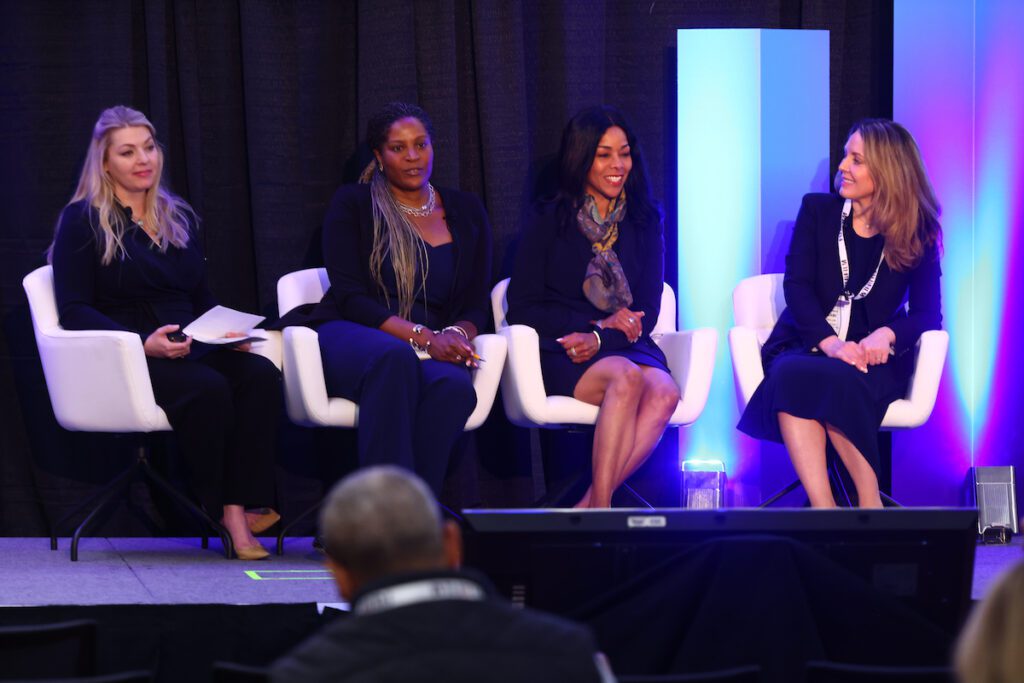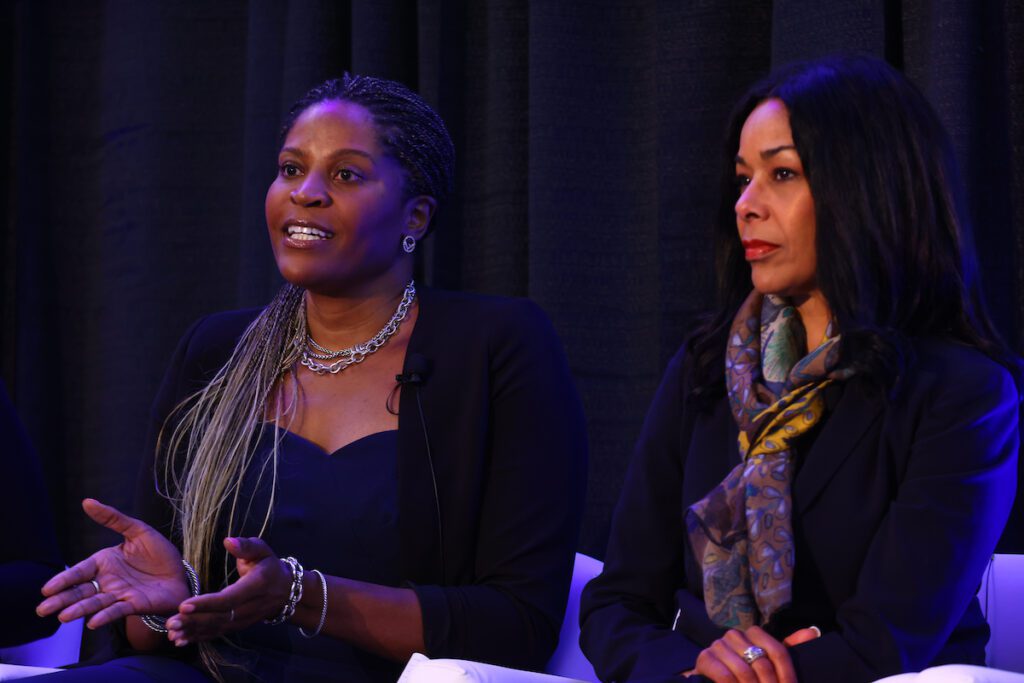Clinical trials are an essential part of the development and approval of new medical treatments. A growing issue within the clinical research community is the underrepresentation of diverse populations, which can profoundly affect both morbidity and mortality of these patients. In order to address this disparity, four new strategies were suggested at the 2023 BIO International Convention to increase diversity within clinical trials.
Get to know your population,” “translate your study materials” & have a “a diverse research team” – @JylSheatsPhD of @aspeninstitute gives 3 tips to increase diversity in clinical trials. #BIO2023 pic.twitter.com/FIg4Tx4si1
— I Am Biotech (@IAmBiotech) June 6, 2023
Cultural competency
Creating cultural competency within a research team is an evolving process and one that implies an understanding and acknowledgment of the unique characteristics of the individuals involved. Sensitivity training may be provided to team members to achieve cultural competency, though per Jylana Sheats, Ph.D., MPH, Civic Science Fellow at The Aspen Institute, “It is important to note that culture, patterns of behavior, attitudes, and beliefs evolve over time, and cultural competency is something we should always be striving for.”
As an extension of cultural competency, Kendal Whitlock, Head of Digital Optimization, RWE Clinical Trials Walgreens, adds, “Now goes beyond competency into cultural humility which is a choice and requires organizations to evaluate incoming employees, not only for their technical competence, but for their ability to empathize with others.”

Community engagement
The cornerstone for recruitment and participation of underrepresented populations involves establishing collaborations between the organizations and local communities. Jami Taylor, Vice President for Corporate Affairs at Protagonist Therapeutics, notes that “this includes listening to all patients in order to determine what they need and communicating in a way in which they can understand.” As described by Sheats, it is important “to be able to engage within the community and build relationships early and prior to participant recruitment.” Discussion between healthcare providers, researchers, community leaders, and advocacy groups not only improves awareness, but establishes trust within the network.
Ensuring accessibility
There are a number of logistical and practical barriers that often present themselves as deterrents in trial participation. The examples vary but go beyond privacy and confidentiality and include transportation issues, work and childcare responsibilities, and the financial challenges involved with owning a computer or access to the internet. Participation may improve if the appropriate services were provided.
Understanding the way in which specific patients require or request to be communicated with is another challenge. The informed consent may be confusing for patients without education and language barriers. A detailed explanation with visual aids and multilingual materials may assist with improved comprehension and navigation of the consent for potential participants.
According to Whitlock, “There remains a deficit in basic information, which includes whether or not specific patients are even seeing their physicians regularly.” She further explains, “As a solution for patients unable to secure a timely appointment with their primary healthcare provider, Walgreens has proposed building a healthcare company which may help extend continuity of care to patients.” This will provide, among other services, the education required to inform potential participants of the studies and their options.
Continued improvement
In order to improve access and convenience for potential trial participants, there are a number of ways this may be accomplished, including data transparency and reporting, leveraging technology, and placing the importance on communication beyond the patients to their families.
- Data transparency and reporting: The use of transparent reporting of diversity statistics within clinical trials is important to maintain accountability and to establish reliability of information. Baseline requirements should include detailed information on participant demographics in order to identify relevant disparities. The scientific community has an obligation to promote inclusivity and equitable representation.
- Leveraging technology: Incorporating technology and digital platforms allows for additional access to potential participants. Mobile health, telemedicine, and virtual visits can minimize geographical constraints as do social media platforms and online communities, if participants have computerized and/or smart phone access. The panel agrees there is an additional benefit in the use of the radio for communication, as it can be geographically targeted.
- Influence of family: Finally, the influence of families should not be overlooked. Recruitment of patients and their family members, especially within certain ethnic communities, such as Black Americans and Latinxs, is essential. If given the acceptance of their families, patients are more willing to undergo a clinical trial with dissolution of perception of risk.
More inclusive research is possible
Increasing diversity in clinical trials requires a combination of strategies and collaboration amongst researchers, healthcare providers, communities, and patients’ families. By implementing new strategies, including cultural competency, community engagement, ensuring accessibility, and continuously focusing and evolving based on the needs of the community, there is a hope for a more inclusive and representative research landscape. Diversity within clinical trials leads to improved healthcare for all patients and ensures that medical advancements are applicable and beneficial to everyone.




